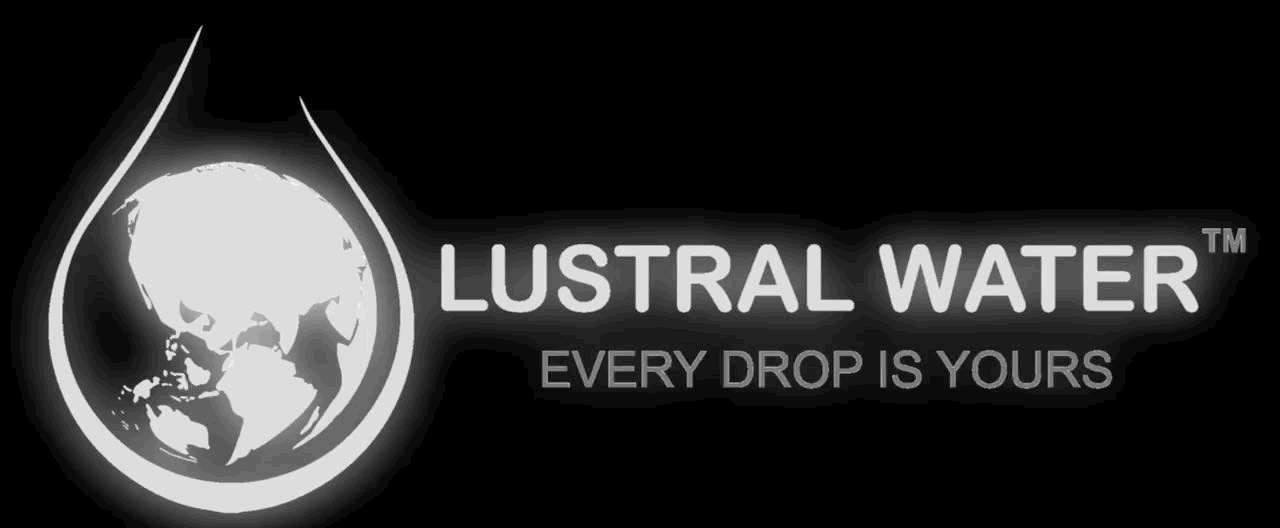Unfiltered water is one of the most common causes of common illnesses like diarrhoea, fever, and E.coli infection. This is because most of the water sources in India are contaminated like the rivers that supply us the drinking water and the groundwater. To be doubly sure that the municipal water is safe to drink, it is best to purify them for consumption. But did you know the contaminants lurking in your water from microbial, to possible chemical impurities, that can impact your health? Here’s everything to know and ways to ensure your and your family’s safety.

What is Unfiltered Water?
Unfiltered water is water in its raw, untreated form. That could be straight from a river, a borewell, or even the water that arrives at your home without any in-house purification. It might appear clean, but looks can be deceiving.
From invisible microbes to industrial runoff, the list of potential intruders is long. And these aren’t just hypothetical threats—they’re very real, very present, and very capable of making you seriously ill.
What’s Lurking in Your Water?
While it is common knowledge that unfiltered water can harbour dangerous elements, you may be shocked to know the possibilities. It can include
-
Heavy Metals like lead, arsenic, and mercury, which are linked to long-term neurological damage and cancers, or
-
Industrial Chemicals such as pesticides and nitrates that seep into groundwater from agricultural runoff and factory waste, or
- Pathogens including bacteria (like E. coli and Legionella), viruses, and parasites that cause everything from stomach cramps to life-threatening fevers.
The Health Fallout: It’s Not Just a Tummy Bug
Short-Term Illnesses:
Contaminated water is notorious for causing gastrointestinal havoc. Think diarrhoea, vomiting, fever, and stomach cramps. These might seem like minor issues—until they hit infants, elderly people, or those with weak immunity.
Waterborne Diseases:
Diseases like cholera, typhoid, and hepatitis A are still very much alive in regions with poor water quality. According to WHO, waterborne illnesses claim nearly a million lives each year—most of them children under five.
Long-Term Effects:
It gets worse. Chronic exposure to even trace amounts of toxins like arsenic and lead can lead to heart disease, developmental delays, and cancers. In Bangladesh, studies have shown direct links between arsenic-laced groundwater and increased cases of skin and bladder cancer.
So, What Can You Do About It?
Enter: Water Filtration
Filtering water is no longer a luxury—it’s a necessity. And thankfully, modern filtration systems are designed to do the heavy lifting for you.
How It Works:
-
Reverse Osmosis (RO) systems force water through a semi-permeable membrane to remove dissolved salts and heavy metals.
-
Ultrafiltration (UF) targets bacteria and viruses.
-
Activated Carbon Filters absorb chlorine, bad odours, and chemical residues.
Each method tackles a different enemy—and the best systems use a combination of these technologies.

Why Filtration Systems Are a Game-Changer
-
Cleaner, Safer Water: No more second-guessing whether your drinking water is safe.
-
Better Taste and Smell: Removing chlorine and contaminants improves the overall quality.
- Peace of Mind: Knowing your water is filtered, even in case of a municipal slip-up, is worth every rupee.
Drinking Water Standards and Safety
Understanding Drinking Water Regulations
Drinking water standards are essential for public health protection. Federal drinking water standards, guided by the Safe Drinking Water Act standards, set legal limits for contaminants, ensuring potable drinking water standards are met.
Testing and Ensuring Water Quality
Drinking water standards testing and treatment are vital for maintaining water safety. Drinking water testing standards help identify contaminants, ensuring compliance with water quality standards for drinking water.
Alternatives and Solutions for Safe Drinking Water
Choosing the Right Water Filtration System
Selecting the right water filtration system for well water or domestic water filtration systems is crucial for ensuring safe drinking water. Water filtration products vary in effectiveness, so it's important to choose a system that addresses specific local water quality concerns.
DIY Tips to Amp Up Water Safety
-
Install a Pre-Filter on your overhead tank to reduce sediment.
-
Boil water in emergencies—old-school but effective.
-
Clean your filters regularly—even the best system fails if it's clogged or dirty.
-
Check TDS levels periodically to ensure filter efficiency.
The dangers in unfiltered/unpurified are real but can be prevented with little awareness. It begins with small but important actions like investing in a good and quality water purifier. It is not just a home upgrade but also a solid health investment, more so in a country like ours where the water supply is prone to contamination.
FAQs
1. How can I find out if my tap water is safe to drink?
Start by checking for any unusual smell, taste, or cloudiness—but don’t rely on looks alone. The safest way is to get your water tested through a certified water testing lab or use a reliable home water testing kit that checks for pH, TDS (total dissolved solids), heavy metals, and microbial contamination.
2. What are the most harmful contaminants commonly found in Indian tap water?
The big ones to watch out for are:
-
Microbes like E. coli, Giardia, and viruses that cause stomach infections.
-
Heavy metals like lead and arsenic, which can build up in your body over time.
-
Pesticides and industrial chemicals from agricultural runoff or improper waste disposal.
3. I already get municipal water—do I still need a filter?
Yes. Municipal water may be treated, but it can still pick up contaminants through old pipes, storage tanks, or during transit. A good home water purifier adds an extra layer of safety.
4. Which type of water purifier is right for my home?
It depends on your water source:
-
If you use borewell or tanker water, go for RO + UV.
-
If it’s municipal water, UV + Carbon is usually enough.
- Not sure? Choose a multi-stage filter with RO + UV + UF to cover all bases.





